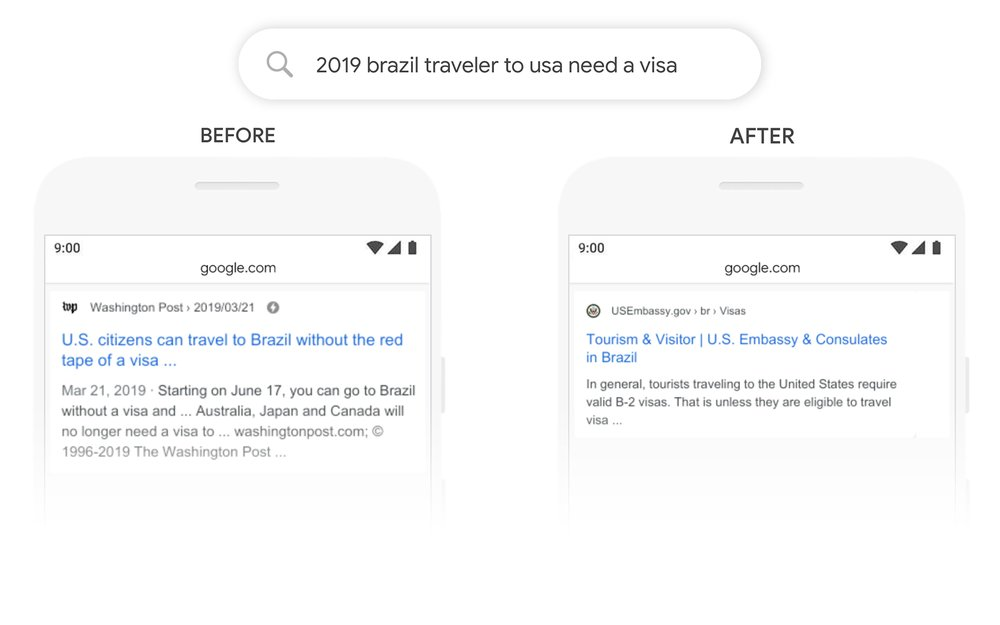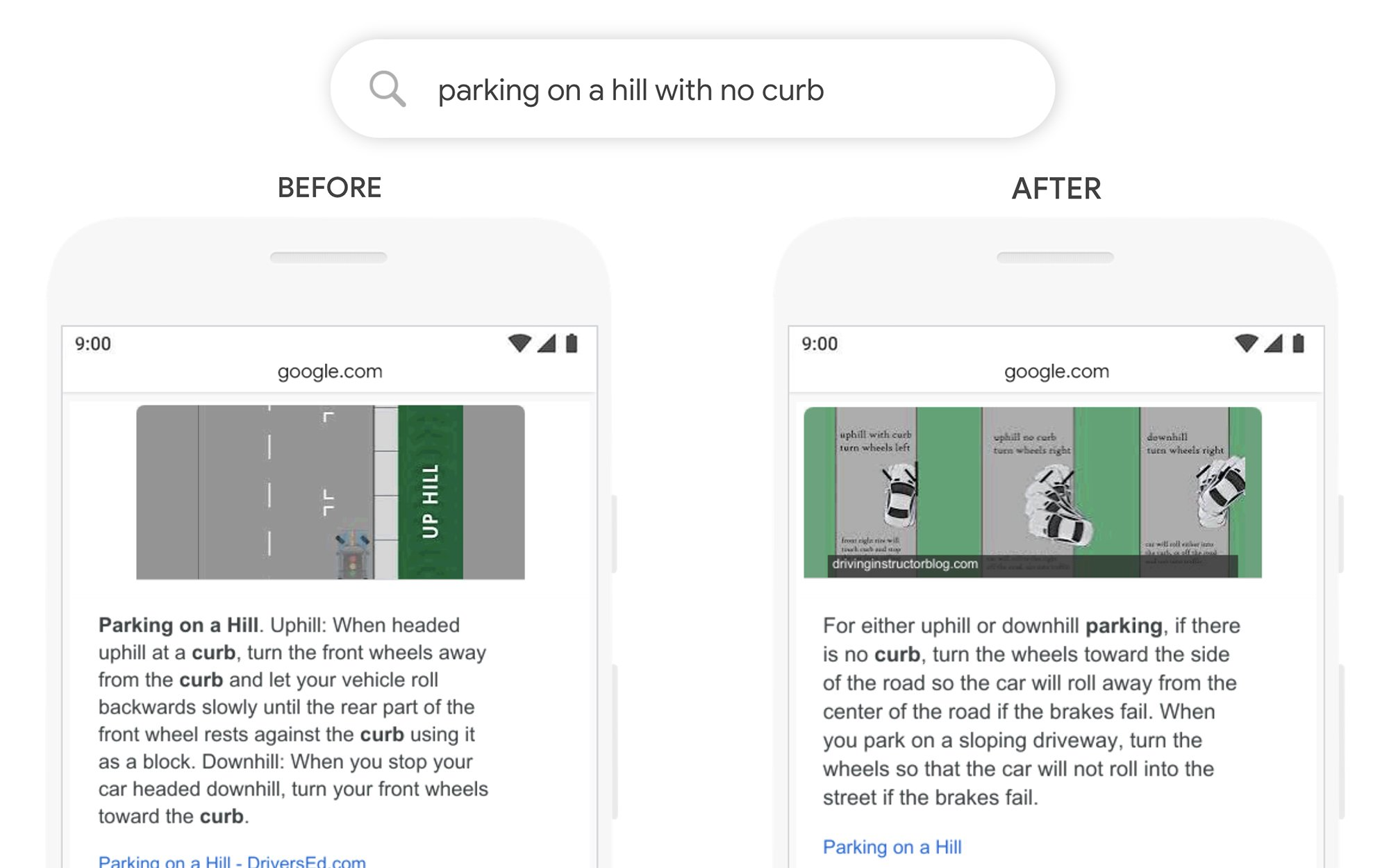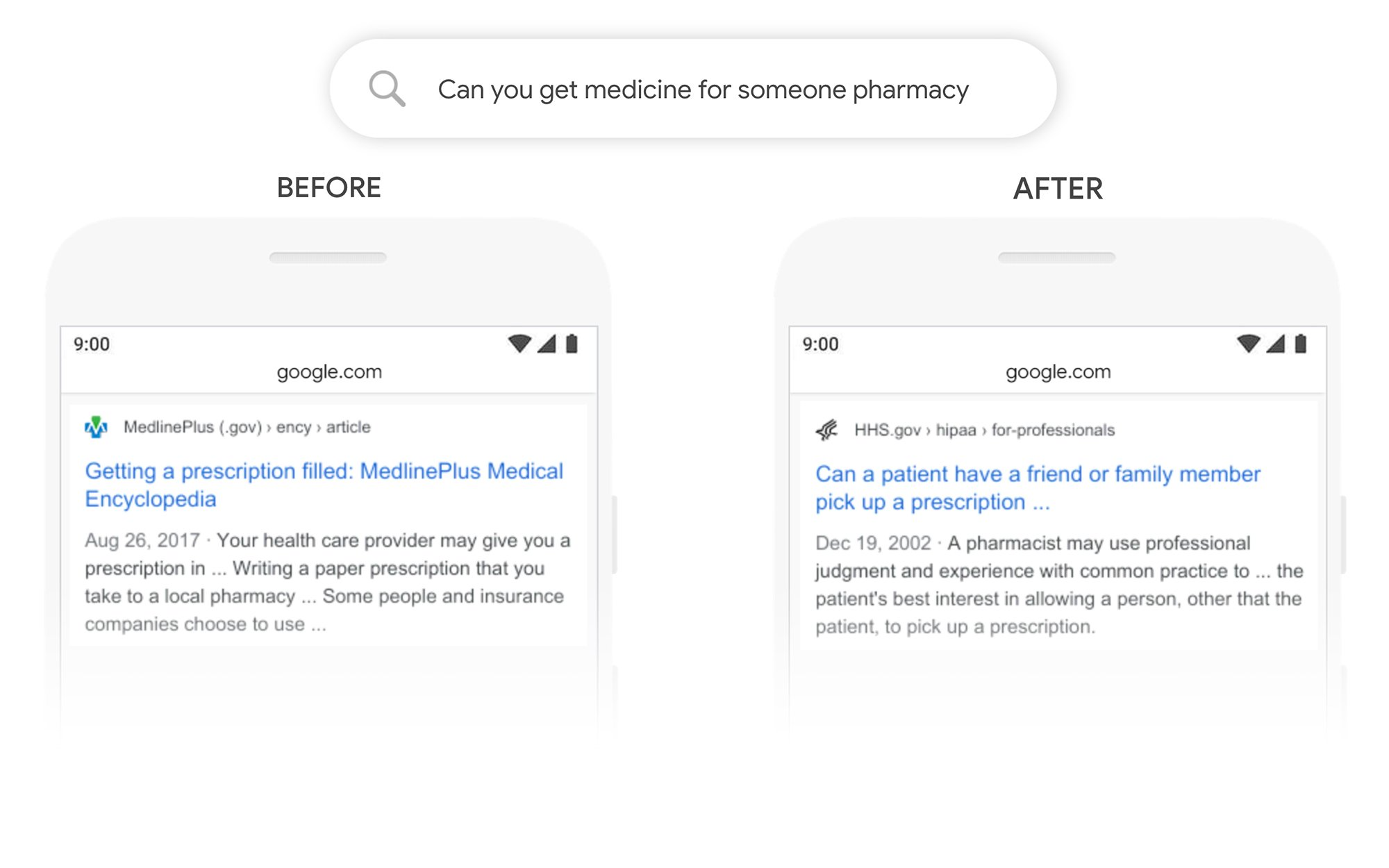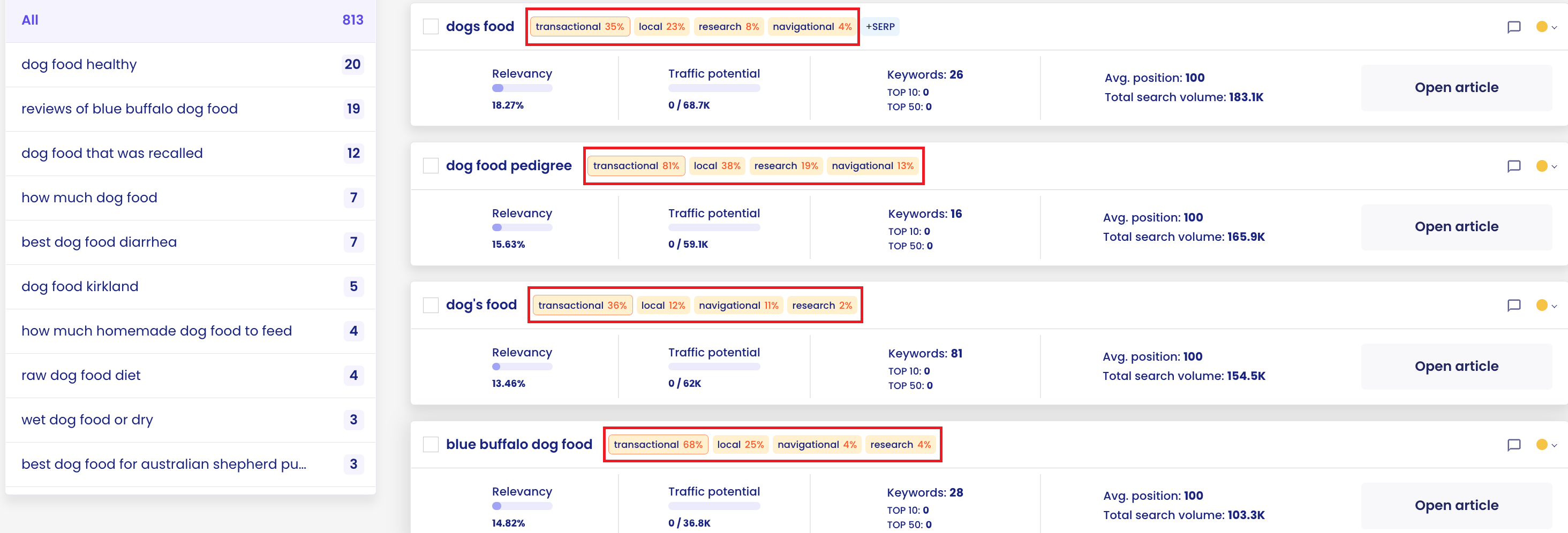There are opinions circulating about the BERT algorithm as if it is one of Google’s most important updates. On one hand, this is true – BERT at the time of its introduction (2019) was a big change that still affects the way we create content with SEO in mind today.
On the other hand, it has not brought a revolution in the way search engine rankings are determined. It couldn’t. As Google’s top people speak of it, BERT is a way to make text better understood. Only or as much as that.
What this means exactly and how to adapt your actions to this undoubtedly interesting algorithm is what you will read about in the article.
What is BERT
BERT (Bidirectional Encoder Representations from Transformers) is an artificial intelligence (AI)-based language model that Google has developed to improve the quality of search results. The main purpose of BERT is to help algorithms understand ambiguous content by analysing the surrounding text and establishing the context of the information.
BERT was pre-trained using text from Wikipedia and implemented in the search engine mechanisms in October 2019. The model can be fine-tuned using sets of questions and answers.
If there is one thing worth associating BERT with, it is natural language understanding. Later in the text, we will look at specific examples and elaborate on this idea.
Some additional facts about BERT:
- It is a self-learning model – it can learn in one language and apply that knowledge in another.
- BERT can be trained for many different tasks, such as predicting the next part of a sentence or determining the most important words in a text.
- BERT is an open source model that anyone can use for free.
- Today, BERT is not the most advanced AI-based language model – more advanced ones include DeBERT or PaLM.
What does it mean that BERT has a better understanding of context?
Senuto CEO, Damian Sałkowski, explains that “in the name BERT, we find the word Bidirectional, which is quite significant. This is because it means that BERT allows the understanding of the meaning of words in relation to the terms that come before and after the actual word”.
Furthermore, the model not only understands the relationships between words used within a sentence, but also between sentences. As a result, it is able to distinguish whether two random sentences occur after each other or are unrelated.

Following the 2019 update, the search engine algorithms better understand the meaning (or do not omit it, as they did before) of, among other things, particles such as ‘of’ or ‘to’. Thanks to this, they are able to detect that the user is interested, for example, in travelling specifically from Brazil to the USA and not the other way round.
In the example below, the word “to” has a key meaning that has previously escaped Google’s algorithms.

Another example:

Google admits that prior to the introduction of BERT, their algorithm was taking the word ‘curb’ into account, while omitting the word ‘no’. Because of this, the results displayed were not well aligned with the intent of the query – the user would get the answer to the query “how to park on a hill” (implicitly: with a curb along the road) instead of “how to park on a hill without a curb”.
Another thing that eluded Google’s understanding is illustrated by the example of the query ‘Can you get medicine for someone pharmacy’.

For the average person, it is understandable that this refers to getting a prescription filled at a pharmacy on someone’s behalf. However, the search engine here omitted the phrase ‘for someone’ and therefore displayed results relating to filling prescriptions in general.
“For someone” is perhaps a nuance, but of crucial importance. BERT can understand this. As a result, as users, we can afford to be more nuanced in our queries – and count on Google to return equally nuanced answers.
Has BERT directly affected Google’s search results?
This is a legitimate question, given how much change for SEO specialists and site owners Google’s algorithm updates have been able to bring. Was this still the case with BERT? It is best to consult the source for the answer.
Here is what John Mueller of Google said:
“It’s not an update… kind of an algorithm update that suddenly we rank things differently”
Mueller emphasises that BERT is nothing more than a way to improve reading comprehension.
As a result, yes, search results can now be better tailored to the user’s intention, precisely by understanding the context of the query and the content of the pages better. However, this should not be interpreted as a fundamental change in the way Google creates rankings, as was the case with, for example, the Panda (2011) or Penguin (2012) updates.
What else is clear from this, is that BERT doesn’t care how fast your website is or what blogs or portals link to you.
What BERT is concerned about is content.
What has BERT changed for content creators?
Want to know how to write for BERT? By now, many SEO specialists have touched on the topic of writing for BERT. As we know, writing for SEO is not easy. How does the BERT algorithm relate to writing for SEO?
OK, Enough is enough.
If you’ve been using the internet for these at least a few years, you know how content on sites used to look – for example, just like the paragraph above. Admittedly, some content creators and publishers still use these kinds of poor text optimisation methods, but the situation is clearly improving.
BERT has not caused a revolution. Previous changes to the search engine’s algorithm had already made Google understand natural language quite well. Employees of the Redmond giant themselves years ago publicly reminded us to write first and foremost with the user in mind.
My answer was that BERT doesn’t change the fundamentals of what we’ve long said: write content for users.
You or anyone working with clients have long been able to say this is what we say.
— Danny Sullivan (@dannysullivan) October 28, 2019
With the introduction of BERT, Google understands the context of speech even better.
On this occasion, we should reiterate the general principle that in order to write content that is optimised for SEO, it is not necessary to hammer search engine algorithms over the head by saturating the text with key phrases and unnecessary information.
For content creators, BERT can – and should – be another argument in favour of:
- Not over-optimising content, which often pushes it towards artificiality (and ridiculousness).
- Writing first and foremost with the user in mind, covering issues in a comprehensive yet concise (and natural) manner.
- Trusting that Google seriously understands a lot, and that the mechanisms for determining page visibility rankings, while not perfect, make a lot of sense.
How to optimise content for BERT
The simplest answer is contained in the conclusions so far: if you want to write content in a way that BERT understands it, write as naturally as possible, keeping in mind first and foremost the intention with which the user types their query into Google.
Does this mean that optimising content for SEO no longer has a purpose and you can basically write whatever you want, as long as it makes sense?
Not entirely.
There are still a number of rules by which Google evaluates content on a page and decides its ranking position.
We have already established for quite some time that it is not forcibly stuffing key phrases into the text.
So – what makes one article show up higher in search results than others?
This depends on a number of factors, quite a few of which are unrelated to content. A website’s technical optimisation and its inbound link profiles are powerful ranking factors. Without them, even the best article is unlikely to break through high in the search results.
Nevertheless, the quality and quantity of content on the site plays a key role.
Search intent optimisation
Intent is one of the main concepts in semantic SEO. Today, if you want to show up high for selected key phrases, you need to pay strong attention to search intent – that is, the very intent with which a phrase is searched.
Intent has become even more important in SEO with the introduction of BERT. It’s quite logical: since BERT understands natural language, can recognise the context of information and does a good job of “connecting the dots”, it also means that it recognises the intent associated with the query (and the content on the page).
This cannot be ignored when creating content with Google in mind.
Google distinguishes 4 main types of search intent:
- Know/know simple/informational – the intention is to expand knowledge, to learn facts.
- Navigational – the user wants to visit a particular service, so enters the name of the service into Google (e.g. Instagram)
- Do – meaning “I want to do something”. Often this intention is equated with a purchase and called transactional. Indeed, buying something is a common “do” intention, but such an intention can also be, for example, to download a file.
- Visit-in-person/local – meaning “I want to visit a place”, for example a bank branch, or “I am looking for businesses providing services nearby”. This local intention is sometimes confused with navigational intention (i.e. the need to navigate to a specific website).
To read more about intent, I refer you to our text on semantic SEO again, where Damian Salkowski explains the topic in more detail.
How can you check the intention of a particular keyword in order to optimise content for it accordingly?
Logic and common sense play an important role here. However, they are not always enough.
When planning content for your website, you can use the Senuto Content Planner. The tool will give you ready-made article ideas, along with keywords to use in the content. In turn, it assigns intentions to the words.

Remember the basic principles of writing for SEO
BERT favours natural (conversational) language and returns search results consistent with the searcher’s intentions.
However, keywords and other “classic” elements of optimising texts for SEO still play an important role.
When preparing content to rank high in Google, consider the following actions:
- Set the meta title tag – Ideally, start with the key phrase for which you want to optimise the text. Do not exceed 600 px in length.
- Set up higher (H2) and lower (H3) level headings that bring order and structure to the text (thereby helping algorithms understand context and intent).
- Ensure the right choice of phrases and place them in the text in the appropriate (not excessive or too little) quantity.
Sometimes it can be the case that when you decide to describe an issue fairly and make it easy for the audience to digest, the above criteria will be met naturally. After all, Google’s requirements are not divorced from reality – they are meant to reflect the needs of the typical user as closely as possible.
If you want to make sure your content is brilliantly optimised for SEO, use the Content Writer from Senuto.
The interactive editor will help you to appropriately saturate your text with key phrases, suggest content lengths and headings to use. When you get a content score of 80, that’s when you know that your article is very well optimised and can go out into the world.
Summary
BERT was a significant change to Google’s algorithm that brought us closer to the semantic search engine vision. Contrary to repeated myths, BERT did not turn the way Google determines rankings upside down – but it did force web creators to write in a more natural and user-centred way.
Although “forced” may not be the right word. It is better to say that it has finally freed us from false beliefs about content optimisation.
It turns out that writing for Google does not have to be at all in opposition to writing for the user. The algorithm is there to serve the free flow of information and, ultimately, the human being. With this thought at the back of your mind, creating content for SEO becomes easier.
 Wojciech Maroszek
Wojciech Maroszek